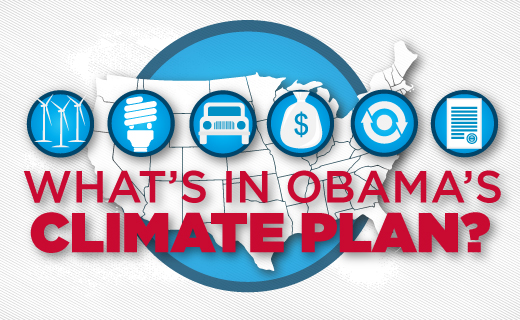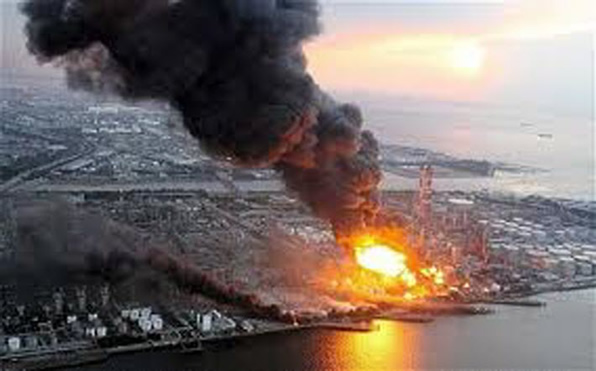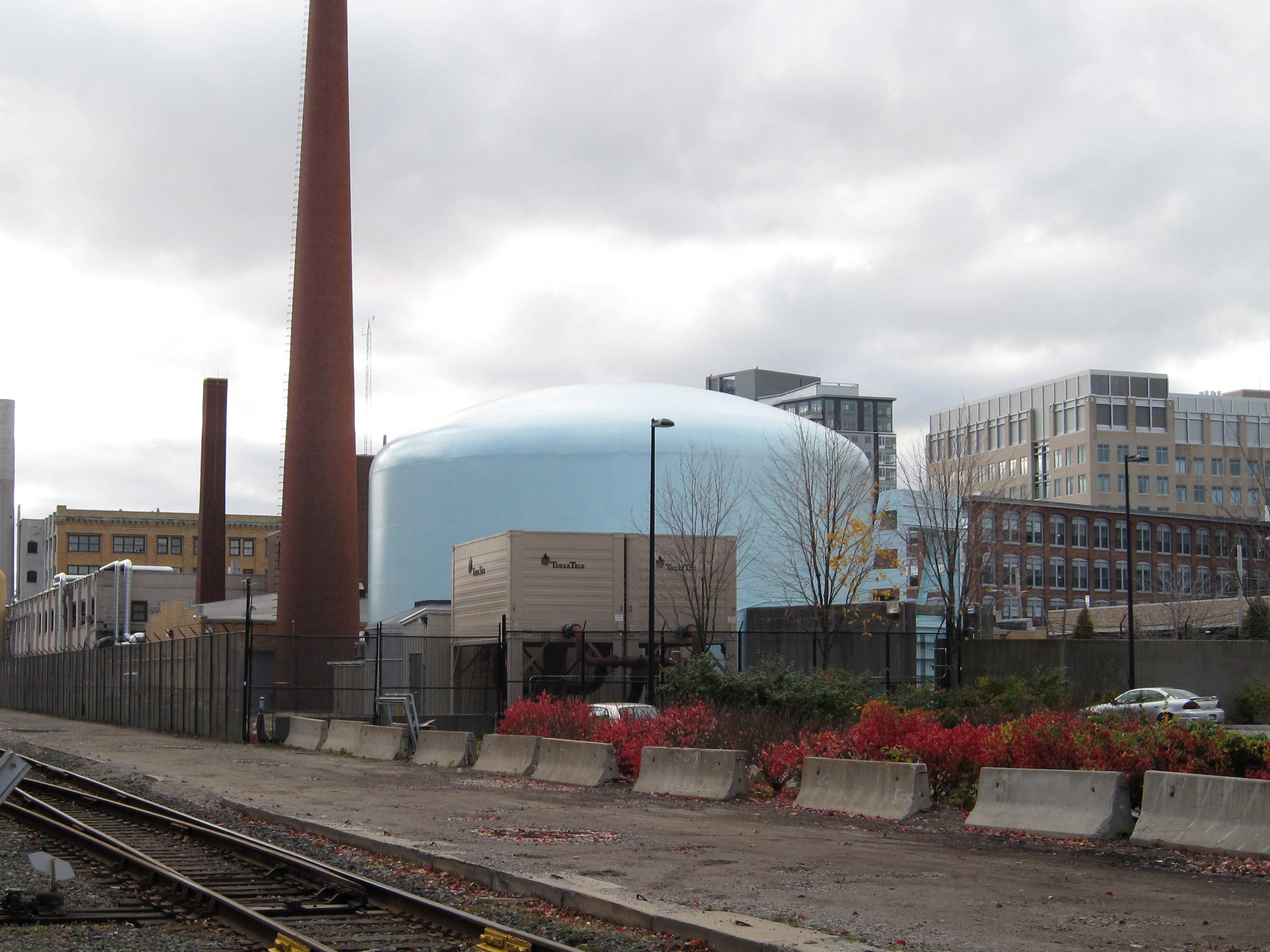Over the past week I have read the article on the Presidents climate action plan. This action plan goes into detail about how climate change and greenhouse gas emissions are no longer a distant threat and need to be dealt with now. The presidents main focus to help resolve this issue is by cutting the carbon pollution in America while also preparing the United States and rest of the world to combat the effects of global climate change. The three initiatives I will blog about include:
1. Deploying Clean Energy 2. Building a 21st Century Transportation Sector 3. Cutting Energy Waste in Homes and Businesses
Deploying Clean Energy
“Power plants are the largest concentrated source of emissions in the United States, together accounting for roughly one-third of all domestic greenhouse gas emissions.” There has yet to be a federal rule to prevent power plants from releasing very large amounts of emissions as they want. Obama plans initiate standards that limit the amount of carbon pollution a power plant can produce, which will greatly reduce emissions and help the enviornment.
The Obama Administration proposed a carbon pollution standard for new power plants. The ongoing trend towards cleaner technology will continue to grow as we enter the future.
21st Century Transportation Sector
Increasing Fuel Economy Standards have been an ongoing mission for vehicle manufactures for a while. Heavy-duty vehicles are currently the second largest source of greenhouse gas emissions and just by driving behind one for several seconds you can see why. For the first time in 2011 Obama required all new vehicles ( trucks, buses and vans) between 2014 and 2018 to have fuel economy standards. “These standards are set to reduce greenhouse gas emissions by approximately 270 million metric tons and save 530 million barrels of oil”. These have been the toughest fuel economy standards for vehicles in U.S history. These standards are set to have vehicles getting about 54.5 miles a gallon by 2025. This will eliminate about 6 billion metric tons of carbon pollution.
Cutting Energy Waste
“In President Obama’s first term, the Department of Energy established new minimum efficiency standards for dishwashers, refrigerators, and many other products”. These cost effective methods will save consumers large amounts of money and by 2030, these standards will dramatically cut consumers’ electricity bills by hundreds of billions of dollars. Also, the administration is setting a new goal: Efficiency standards for appliances and federal buildings set in the first and second terms combined will reduce carbon pollution by at least 3 billion metric tons by 2030. Overall setting goals about energy waste will make a significant difference in the amount of pollution caused.












